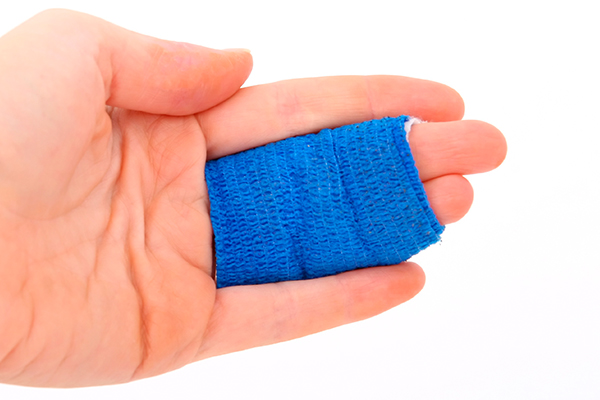
There are a variety of injuries that can occur to our skin and other soft tissues, like the mouth and tongue, which may require professional care. There can also be injuries to underlying tissues, including adipose tissue (fat), muscles and tendons, and sometimes ligaments and bone. Numerous blood vessels (arteries and veins) and important nerves throughout these layers can be injured as well. Our focus in this segment is to help our readers identify when a soft tissue wound needs sutures or more in-depth care, as opposed to simple home treatment.
When an injury occurs that may need suturing, many worry about an acceptable cosmetic outcome but don’t often consider potential complications that may be invisible at first glance. Factors such as location of the wound, a persons underlying health status, occupation, the possibility of hidden foreign material inside a wound and damage to underlying structures must be considered in deciding when to seek professional wound care.
The length of time between injury and repair can also impact wound repair and sometimes results in a decision for delayed repair because of the risk of infection. Functional and cosmetic repairs are especially important if it impacts your ability to work effectively or if it involves visible and prominent features of the body, such as the face.
There are many types of skin wounds, but we want to address two of the most common:
- Abrasions (scrapes) involve superficial skin surface scraping which tears into the skin layers only but may be contaminated with foreign material. Treatment usually consists of daily gentle cleaning and limited soaking using a mild disinfectant soap, healing ointment and bandaging for a few days .The presence of foreign material may require professional care to remove as much contaminate as possible in order to prevent infection and permanent scarring.
- Lacerations (cuts) involve either sharp or jagged cuts into one or more layers of skin and possibly deeper structures. Ways to help determine the need for sutures or staples is to gently inspect the depth of the wound, if possible, and carefully attempt to separate the edges. If the edges separate easily, remain separated and open, or if deeper underlying tissues are exposed and visible, it likely requires professional attention right away.
Another important assessment is whether there is surrounding numbness or loss of function to the muscle and tendon function beyond the wound location. Examples include loss of feeling or loss of the normal moving function of strategic body part, such as a finger or toe.
In addition, if a laceration seems too large to be easily covered by a bandage or continues to bleed despite a bandage, it should probably be checked by a health care professional. Otherwise, a simple, superficial cut with none of the above features or concerns, where bleeding is easily controlled using gentle direct pressure and where the wound edges stay easily approximated may be cleaned in similar fashion to abrasions as described above. But, when in doubt, always seek professional care as soon as possible.
Special types of wounds that we recommend professional assessment include animal bites, heavily soiled and contaminated wounds, crush injuries, significant tearing and tissue loss, chemical injection and high velocity and pressure wounds.
Finally, don’t delay obtaining professional care when needed; the longer the time between the injury and the final repair means a greater risk of infection and quality of healing.
Stay healthy and check the status of your last tetanus immunization!
Dr. Brian J. Cote